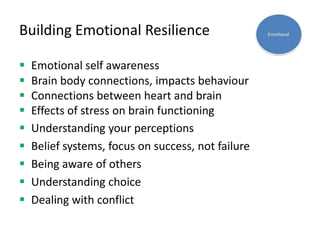
In today’s fast-paced and demanding world, it is essential to have strong mental and emotional resilience to cope with stress and adapt to changes. One effective tool for developing these skills is the use of PowerPoint presentations.
PowerPoint presentations offer a visually engaging way to convey information and ideas, making them a powerful tool for building mental strength. By organizing and presenting information in a clear and concise manner, PowerPoint presentations help individuals better understand and process complex concepts related to stress and resilience.
Furthermore, PowerPoint presentations enable presenters to highlight key points and emphasize important information using features such as bold text, italics, and bullet points. This helps to enhance the overall effectiveness of the presentation and ensures that the audience retains the most crucial details.
Moreover, PowerPoint presentations allow for the integration of multimedia elements such as images, videos, and audio clips, which can further enhance the audience’s engagement and understanding. These visual and auditory aids can help individuals connect with the subject matter on a deeper level, making it easier for them to grasp the concepts of stress management and resilience.
Understanding Stress and Resilience
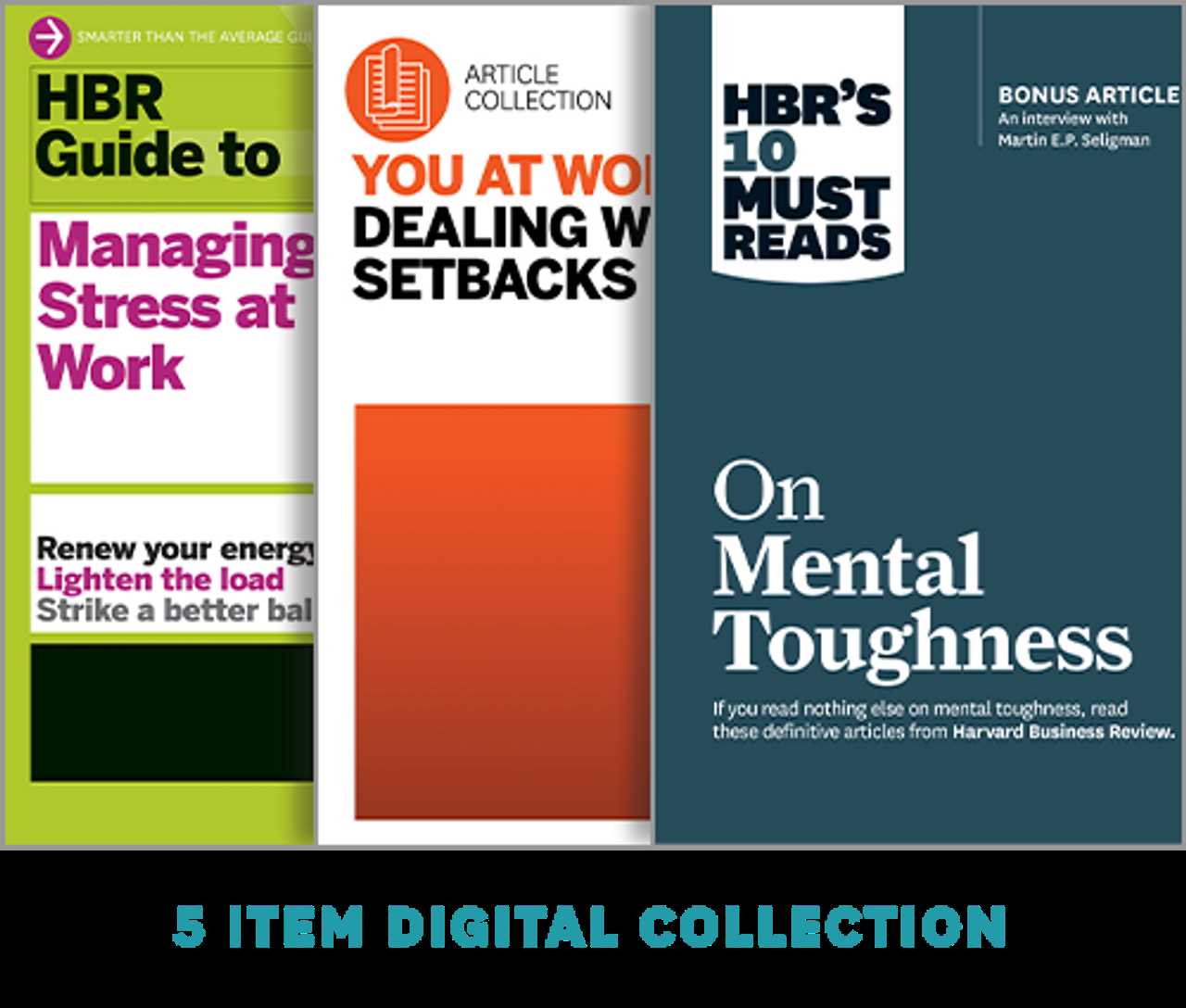
Stress is a common mental and emotional response to the pressures of life. It can be caused by various factors, such as work demands, relationship issues, financial problems, or health concerns. When we experience stress, our bodies release hormones that prepare us to deal with the perceived threat or challenge.
Mental resilience refers to our ability to cope with and bounce back from stressful situations. It is the capacity to adapt and recover from adversity, setbacks, and trauma. Resilience is not about avoiding stress or never experiencing difficulties, but rather about how we respond and recover from them.
Slides in a presentation can be a powerful tool for understanding and conveying information about stress and resilience. Using PowerPoint to create visually engaging slides can help to capture the audience’s attention and facilitate learning.
Emotional resilience is an important aspect of mental resilience. It involves the ability to regulate and manage our emotions in the face of stress. Developing emotional resilience can help us stay calm, focused, and effective in challenging situations.
Coping strategies are techniques and skills that we can use to manage stress and build resilience. These can include relaxation techniques, exercise, mindfulness practices, seeking social support, and developing problem-solving skills. Finding healthy coping mechanisms is essential for maintaining mental well-being.
The Impact of Stress on Mental Health
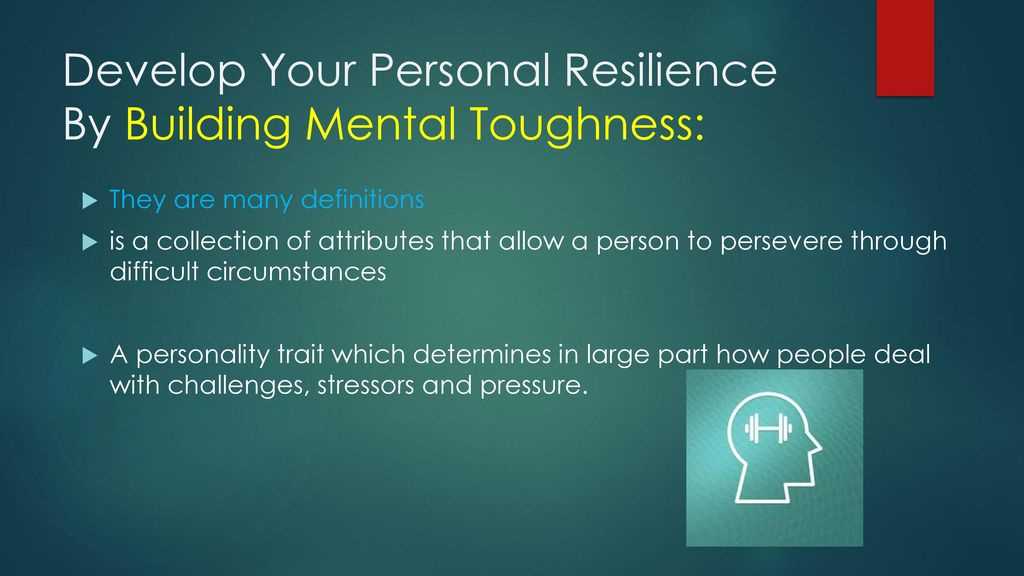
Stress is a natural response to the demands and challenges of life. While some stress can be beneficial and motivate individuals to perform at their best, prolonged or chronic stress can have a negative impact on mental health.
The adaptability of individuals to cope with stress varies from person to person. Some individuals may be more resilient and able to bounce back from stressful situations, while others may struggle to manage stress effectively. The emotional toll of stress can be significant, leading to feelings of anxiety, depression, and even burnout.
PowerPoint presentations can be a useful tool for understanding and managing stress. By incorporating informative slides and engaging content, presentations can provide individuals with the knowledge and strategies they need to build resilience and cope with stress effectively.
Resilience is the ability to adapt and bounce back from adversity. It involves developing coping mechanisms and strategies to manage stress and maintain emotional well-being. PowerPoint presentations can offer practical tips and techniques for building resilience, such as practicing self-care, seeking support from others, and developing positive coping skills.
Overall, stress can have a profound impact on mental health. By utilizing PowerPoint presentations to educate individuals about stress and resilience, we can empower them to better understand and manage their own mental well-being.
The Importance of Resilience in Coping with Stress

Resilience is a crucial mental trait that plays a significant role in coping with stress. In today’s fast-paced and demanding world, stress has become a common occurrence in many people’s lives. It can manifest in various forms, such as work pressure, relationship issues, financial difficulties, or health problems. However, individuals who possess a high level of resilience are better equipped to handle these challenges and bounce back from adversity.
Resilience refers to the ability to adapt and recover from stressful situations. It involves maintaining a positive mindset, managing emotions effectively, and having the flexibility to adjust one’s thoughts and behaviors when faced with obstacles. Resilient individuals are not immune to stress, but they have developed coping strategies that allow them to navigate through difficult times with greater ease.
In the context of a PowerPoint presentation on stress and resilience, it is essential to highlight the role of resilience in building mental strength. Slides can be used to emphasize the importance of developing resilience as a tool for managing stress. The audience can be guided through various strategies and techniques to enhance their resilience, such as practicing mindfulness, cultivating a support network, setting realistic goals, and engaging in self-care activities.
By incorporating information about the benefits of resilience in coping with stress into a PowerPoint presentation, individuals can gain a better understanding of how to navigate challenging situations. They can learn to harness their mental strength, adapt to changes, and develop effective coping mechanisms. This knowledge can empower them to face stress head-on and emerge stronger and more resilient.
| Key Points: |
| – Resilience is crucial in coping with stress. |
| – Resilient individuals can adapt and recover from stressful situations. |
| – PowerPoint slides can be used to emphasize the importance of resilience. |
| – Strategies for building resilience can be shared in a presentation. |
| – Developing resilience empowers individuals to face stress and emerge stronger. |
Building Mental Strength
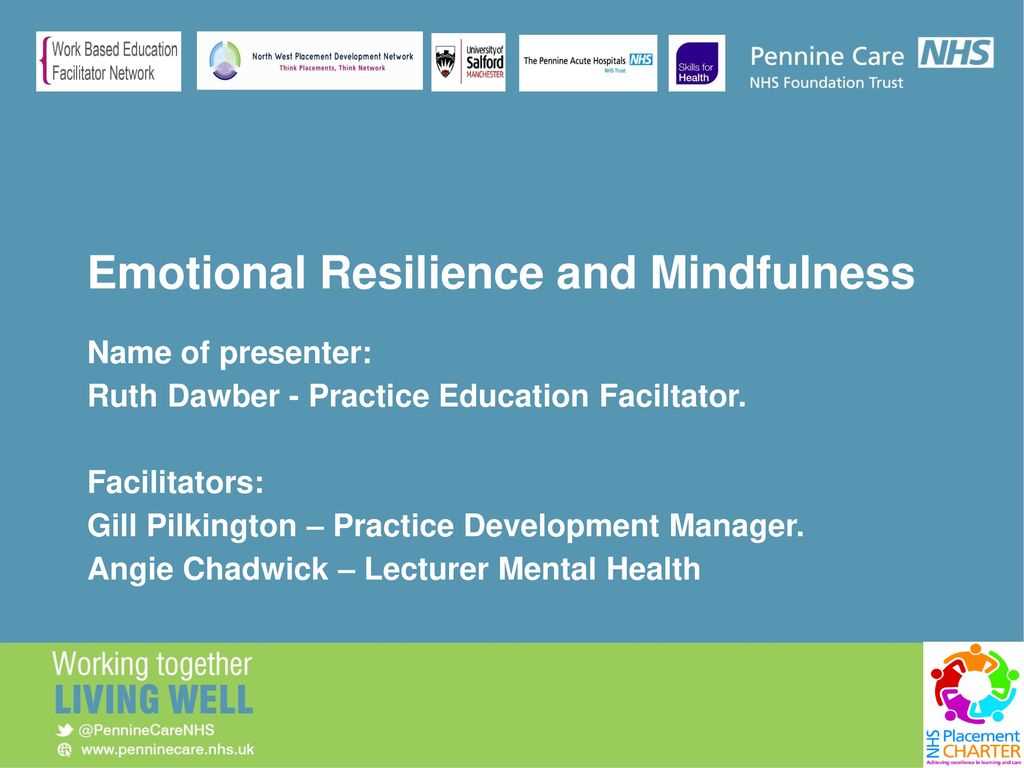
In today’s fast-paced world, stress has become a common part of our lives. It is important to develop mental strength to cope with the challenges and pressures we face every day. Mental strength refers to the ability to adapt and bounce back from stress and adversity.
One effective way to build mental strength is through a PowerPoint presentation. PowerPoint slides can be a powerful tool to help individuals develop resilience and enhance their coping skills. Here are some strategies to incorporate in a PowerPoint presentation:
| 1. Define stress and its impact | Start by explaining what stress is and how it affects mental health. Illustrate the negative consequences of chronic stress and the importance of building resilience. |
| 2. Share coping mechanisms | Provide practical tips and techniques for managing stress. Include strategies such as deep breathing exercises, mindfulness practices, and positive self-talk. |
| 3. Discuss the power of adaptability | Highlight the importance of adaptability in building mental strength. Emphasize the ability to adjust and thrive in the face of challenges and changes. |
| 4. Provide real-life examples | Include case studies or personal stories of individuals who have overcome adversity and developed resilience. This can inspire and motivate the audience to build their own mental strength. |
| 5. Encourage self-reflection | Include interactive slides that prompt the audience to reflect on their own stress levels and coping mechanisms. This can help individuals identify areas for improvement and take proactive steps towards building mental strength. |
By incorporating these strategies into a PowerPoint presentation, individuals can gain a better understanding of stress and resilience, as well as practical tools for building mental strength. Remember, mental strength is a lifelong journey that requires continuous effort and practice.
Developing Healthy Coping Mechanisms
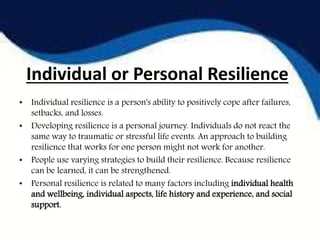
In today’s fast-paced and demanding world, it is crucial to develop healthy coping mechanisms to navigate through stress and build mental resilience. Coping mechanisms are strategies or behaviors that individuals use to adapt and deal with challenging situations. Developing healthy coping mechanisms can help individuals maintain their mental well-being and enhance their overall quality of life.
A mental strength presentation can be a powerful tool in teaching individuals how to develop healthy coping mechanisms. PowerPoint slides can be used to provide information and guidance on various coping strategies that promote emotional and mental well-being.
Here are some key coping mechanisms that can be included in a mental strength PowerPoint presentation:
- Positive self-talk: Encouraging individuals to practice positive self-talk can help them build resilience and maintain a positive mindset during challenging times. Reminding oneself of their strengths and abilities can help shift their perspective and approach to stress.
- Seeking social support: Encouraging individuals to reach out to friends, family, or support groups can provide a sense of belonging and connection. Having a support system in place can help individuals cope with stress and build resilience.
- Engaging in relaxation techniques: Teaching individuals relaxation techniques such as deep breathing, meditation, or yoga can help them manage stress and promote emotional well-being.
- Practicing self-care: Emphasizing the importance of self-care activities, such as getting enough sleep, eating a balanced diet, and engaging in hobbies or activities that bring joy, can help individuals recharge and cope with stress more effectively.
- Setting realistic goals: Encouraging individuals to set realistic and achievable goals can help them stay motivated and focused. Breaking down larger goals into smaller, manageable tasks can also reduce feelings of overwhelm and increase a sense of accomplishment.
By incorporating these coping mechanisms into a mental strength PowerPoint presentation, individuals can learn practical strategies for building resilience and managing stress. The adaptability and visual appeal of PowerPoint slides can enhance the effectiveness of the presentation and help individuals retain the information better.
Overall, developing healthy coping mechanisms is essential for building mental resilience and promoting emotional well-being. By teaching individuals these strategies through a mental strength PowerPoint presentation, they can gain the tools necessary to navigate stress and thrive in today’s demanding world.
Cultivating a Supportive Network

In order to build mental strength and resilience, it is important to cultivate a supportive network. This network can consist of friends, family, colleagues, or even support groups. Having a strong support system can provide emotional and practical support during times of stress.
During your presentation, you can emphasize the importance of adaptability and the power of resilience by including relevant slides in your PowerPoint. These slides can highlight the benefits of having a supportive network and provide strategies for building and maintaining one.
Some key points to consider when discussing the cultivation of a supportive network include:
- Building Relationships: Encourage individuals to reach out and build meaningful connections with others. This can be done through shared interests, hobbies, or common experiences.
- Seeking Support: Remind individuals that it is okay to ask for help when needed. Encourage them to reach out to their network and communicate their needs.
- Being a Supportive Friend: Emphasize the importance of being there for others. Encourage individuals to listen actively, offer support, and provide encouragement to their friends and loved ones.
- Joining Support Groups: Suggest the idea of joining support groups or communities that focus on mental health and resilience. These groups can provide a safe space for individuals to share their experiences and seek guidance.
By cultivating a supportive network, individuals can strengthen their mental well-being and develop the resilience needed to navigate through stressful situations. Encourage your audience to take active steps towards building and maintaining these important connections.
Practicing Self-Care and Mindfulness
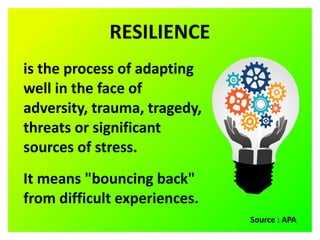
In today’s fast-paced and demanding world, it’s vital to prioritize self-care and mindfulness for maintaining mental strength and resilience. Stress and adaptability are common challenges that can affect our emotional well-being, but by incorporating self-care practices into our daily routines, we can better cope with these pressures.
One effective way to promote self-care and mindfulness is through the use of PowerPoint slides in presentations. PowerPoint presentations offer a visual and interactive platform to convey important information and strategies for building mental strength. By including slides that focus on self-care techniques, participants can actively engage with the content and learn practical ways to manage stress.
During a presentation, it’s essential to address the importance of mental health and how self-care practices can contribute to overall well-being. This can be done by discussing various self-care activities, such as exercise, meditation, journaling, or spending time in nature. By emphasizing the benefits of these practices, individuals can understand the power of self-care in reducing stress and enhancing adaptability.
Mindfulness is another crucial aspect of self-care that should be highlighted in a PowerPoint presentation. Mindfulness involves being fully present in the moment and non-judgmentally observing one’s thoughts and emotions. By incorporating mindfulness exercises into the presentation, participants can learn techniques to cultivate mindfulness in their daily lives, such as deep breathing exercises or guided meditations.
In conclusion, practicing self-care and mindfulness is essential for maintaining mental strength and resilience. PowerPoint presentations provide an effective platform to educate and empower individuals in managing stress and enhancing adaptability. By incorporating self-care techniques and mindfulness exercises into these presentations, participants can learn practical strategies to prioritize their mental well-being and cope with the challenges of daily life.
Utilizing PowerPoint for Stress and Resilience Training
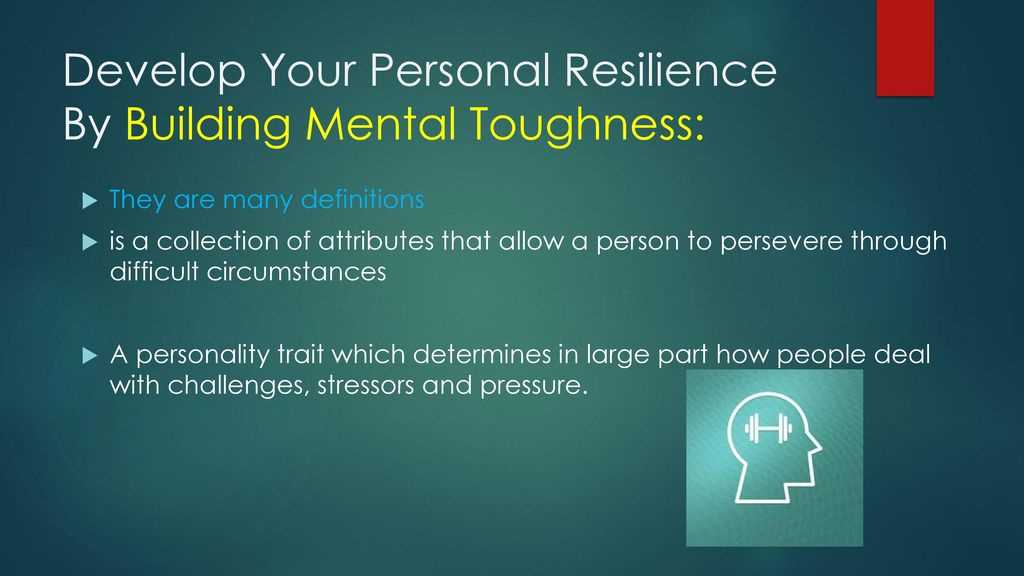
PowerPoint presentations can be a valuable tool for delivering stress and resilience training. By incorporating visual aids and interactive slides, trainers can effectively convey important information and strategies for building mental strength.
Mental resilience is the ability to adapt and bounce back from stressful situations. It involves developing coping mechanisms and strategies to manage stress effectively. PowerPoint presentations can help trainers illustrate these concepts and provide practical tips for improving resilience.
One of the key advantages of using PowerPoint for stress and resilience training is its ability to engage participants. Interactive slides can encourage audience participation and promote active learning. Trainers can incorporate quizzes, polls, and interactive exercises to enhance understanding and retention of the material.
PowerPoint presentations also allow trainers to organize information in a clear and structured manner. They can use bullet points, diagrams, and charts to break down complex concepts and present them in a visually appealing way. This helps participants grasp the content more easily and retain it for longer periods.
Additionally, PowerPoint presentations can be customized to suit the specific needs of the audience. Trainers can adapt the content, font, color scheme, and layout to create a visually appealing and engaging presentation. This customization can help capture and maintain participants’ attention throughout the training.
Overall, PowerPoint presentations offer a versatile and effective platform for delivering stress and resilience training. By utilizing visual aids, interactive slides, and customization options, trainers can effectively convey strategies for building mental strength and coping with stress.
Creating Engaging and Interactive Presentations
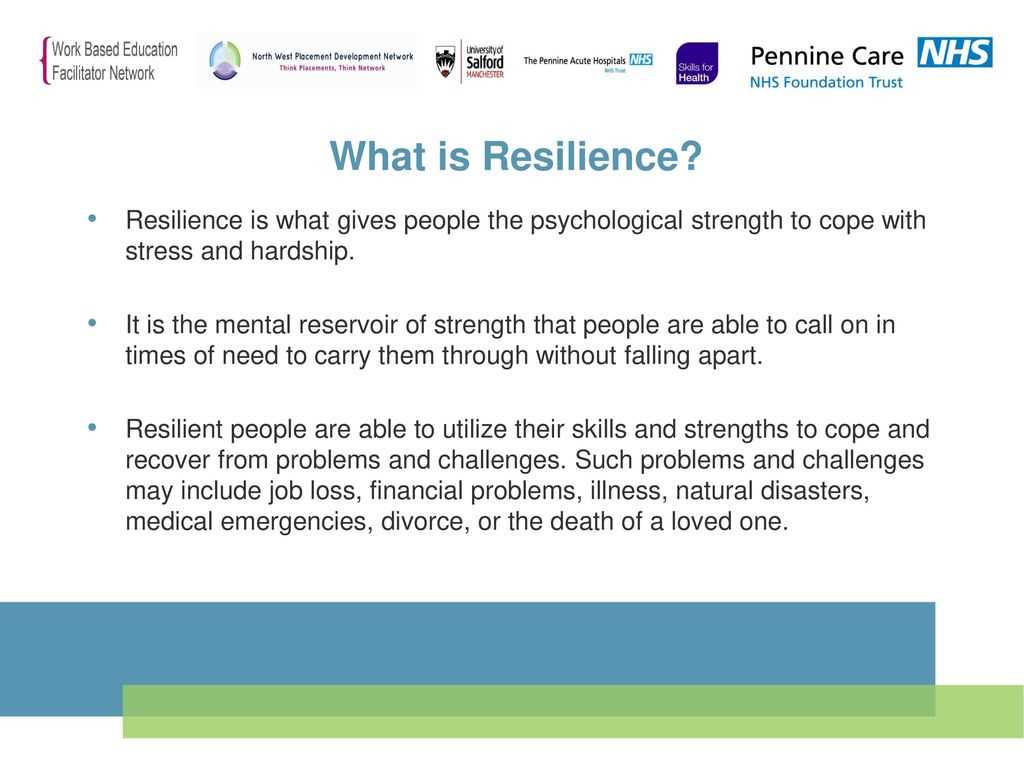
When it comes to delivering a presentation on stress and mental resilience, it’s important to create an engaging and interactive experience for your audience. By incorporating interactive elements, you can help your audience better understand and retain the information you are presenting.
One way to make your presentation more engaging is to include interactive slides. Instead of simply presenting information on each slide, consider adding interactive elements such as quizzes or polls. This allows your audience to actively participate in the presentation and encourages them to think critically about the topic at hand.
Another way to create an engaging presentation is to include real-life examples and stories. Sharing personal anecdotes or case studies can help your audience connect with the topic on an emotional level and better understand the impact of stress on mental health. By showcasing real-life examples of coping strategies and emotional adaptability, you can inspire and motivate your audience to develop their own resilience.
Additionally, consider incorporating multimedia elements into your presentation. Using videos, images, or audio clips can help break up the monotony of text-heavy slides and make your presentation more visually appealing. This can also help to reinforce key points and concepts, making them more memorable for your audience.
Lastly, don’t forget to engage with your audience throughout the presentation. Encourage questions and discussion, and be open to sharing additional resources or further information. By fostering a sense of interaction and collaboration, you can create a more dynamic and memorable presentation experience.
In conclusion, creating an engaging and interactive presentation on stress and mental resilience involves incorporating interactive slides, sharing personal stories, using multimedia elements, and engaging with your audience. By utilizing these strategies, you can create a presentation that not only educates but also inspires and motivates your audience to develop their own mental strength.

I am Patrina de Silva, a psychologist and mental health blogger in Sri Lanka. After obtaining psychology degrees from the University of Colombo and Monash University, I returned home to work as a counselor while also starting the popular blog “Pressy but Happy” to provide advice on psychological issues. Over the past decade, my empathetic articles have made my blog a leading mental health resource in the country. In addition to writing, I maintain a private therapy practice, frequently volunteer counseling time, and conduct seminars, driven by my passion for destigmatizing mental illness and educating the public on the mind-body connection. I strive to be an influential voice in my field through my compassionate approach.
